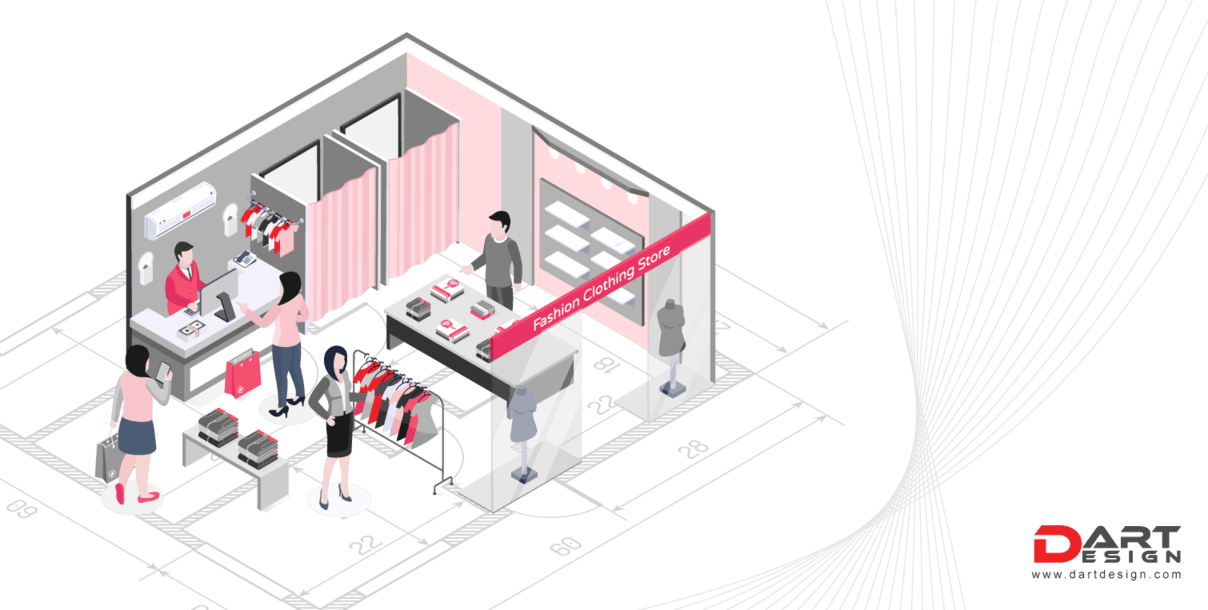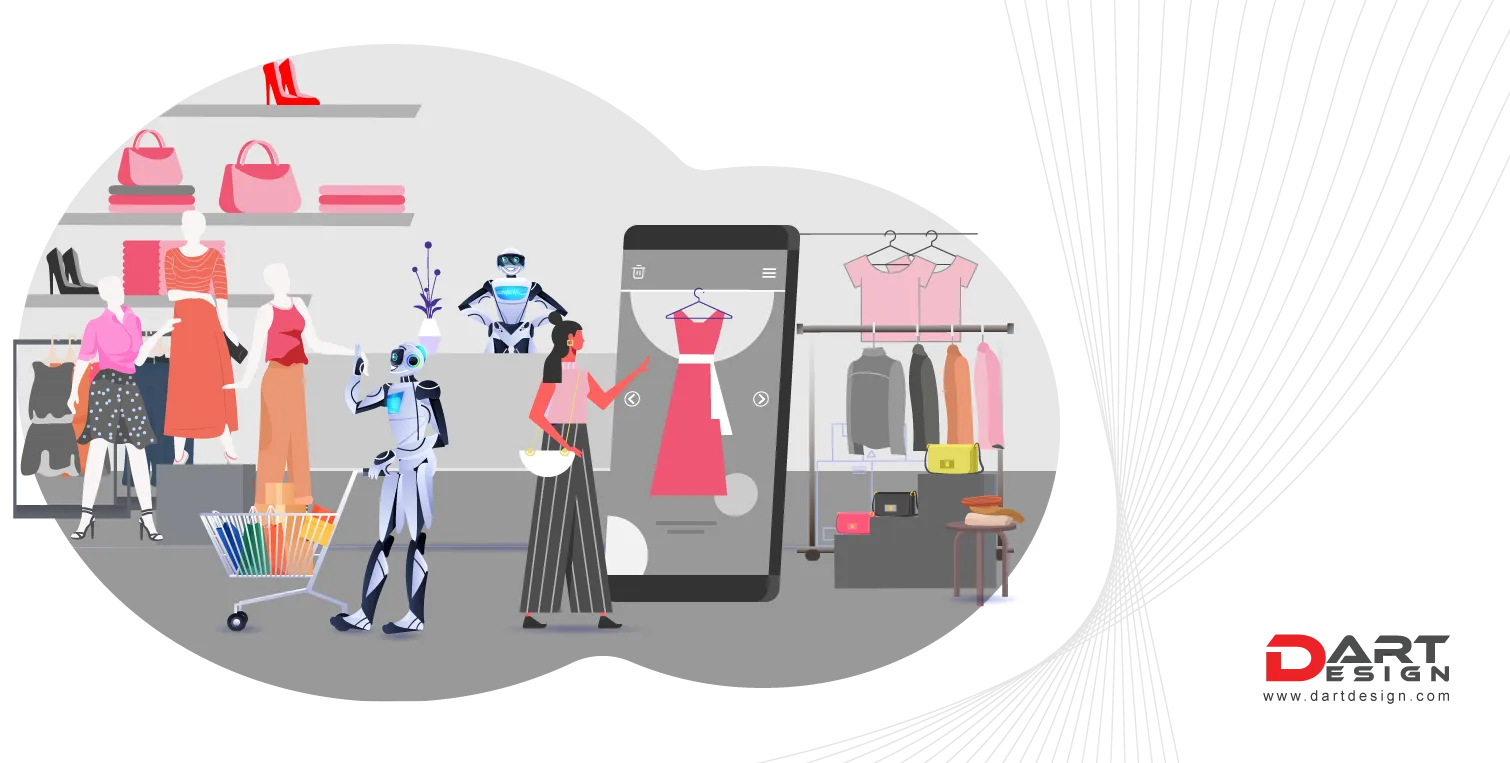Where would the retailers want to return if they only had one shot? In retrospect, we can think of a plausible explanation. The pre-pandemic era, since physical shopping was all the rage among consumers during this period. However, two historical cataclysmic events disrupted the years of momentum built-in sales. As a result, people's vulnerability and vulnerable situation behind closed doors quickly prompted them to choose virtual shopping.
Once they tasted convenience, nothing else mattered. Now that things are functioning reasonably well and people have stepped out of their homes [read cages], they want to physically embrace the feeling of being inside a retail store. Regardless, the cost of living crisis, recession, and Russia-Ukraine war only magnify the flames of a burning economy. Still, people are choosing to return to retail outlets.
There is no time like the present for retailers to clout upon the opportunity of grabbing the set of consumers who drive the demand for the in-store shopping experience. And retail brands are putting their nose to the grindstone to change the look and feel of their stores' interiors. This has led to an era for the retail industry where designs do more than simply look pretty.
Each retail store layout design is supposed to serve a purpose. Everything is a strategy, from merchandising and discovery to activation and product launches. You may wonder if every retailer and brand is planning similarly; what makes few stand out?
Defining the true meaning of ‘Simplicity’ in creating Store Layout
Well, the simplicity of the layout fulfills the purpose of making the shopping journey as seamless and fun as possible. Plus, an intricately designed layout of a store’s interior would be a crowning stroke if it attracts customers of every age. Now, simplicity in the context of retail store designs has had a massively different connotation. Beyond the designs' simplicity, it makes the shopper’s buying journey seamless.
Any effective retail store layout design will aim to make a consumer’s physical visit to the store worth every penny. It would emphasize components like the multifunctionality of a specific section, the theme, and the element of enabling buyers to find their community. This is even if it is a vibe that unites them for the brand’s service, product, or experience.
Few retail brands target GenZ and Millenials in particular. It is essential to include a strategy where the retail store feels more like a 'Home away from home,' making it habitable and multi-generational. While every store layout focuses more upon simplistic navigation, what we mean by simplicity in designing any floor plan or section has a lot to do with the following factors:
Store layout that corresponds to Categories
The identity of the most effective store layout comes through a crystal clear categorization. Navigation is essential too, but navigation aims to make the shopper reach one zone where they can buy the commodity. If the product categorization is lost, it ultimately destroys the entire effort put into creating a navigation in the first place. So the first factor under simplicity, which is making rounds in the market, is matching the floor plan with the product section.
This trend was set out in 2017 by a French menswear brand, Printemps, when they had each floor plan conceptualized upon the theme of the product category, which was to be placed on that particular floor. For instance, the floor section with sporty wear had a similar look, while the formal wear had a more urban and sophisticated layout with design. These strategies make the brand seem more impressionable to consumers who find it simple to search for a specific section.
Navigation through Creative Cues
Navigation is quite an essential part when planning for a store layout. But simplistic navigation doesn’t have to be boring. Remember, we said earlier that a simplistic layout simply means easy shopping and discovering items inside the store. So the more you play with your creativity, the more the store design turns experiential for the consumers.
To make your navigation except to consumers, optimize the light’s focus to be denser in areas where the products are placed, add bold colors on the wall/floors to emphasize a particular gender’s product category, or maybe put a different floor pattern at the store’s threshold. What matters is an easy understanding of the zones inside the store through visual cues.
Merchandising to discovery & Surprise
It is that moment for retailers where they need to bring in the concept of the consumer’s lifestyle inside the store. To keep the customer longer inside the store, finding new ways to shop is becoming more & more crucial. That’s why discovery merchandising could take things a level higher. It simply means adding the element of surprise while placing the products inside a particular section.
It is an excellent technique for mind-wandering of consumers and inciting them into the funnel where they become aware of a problem before knowing about the solution. It could also be planning a layout where finding products inside the store becomes more of a treasure hunt or even invokes curiosity.
To sum up, simplicity has a lot to do with knowing the complete journey of a buyer to find a product. The more complex the layout is, the more they lose interest. Every store layout must have the brand’s narrative in place while making consumer interaction seamless.




